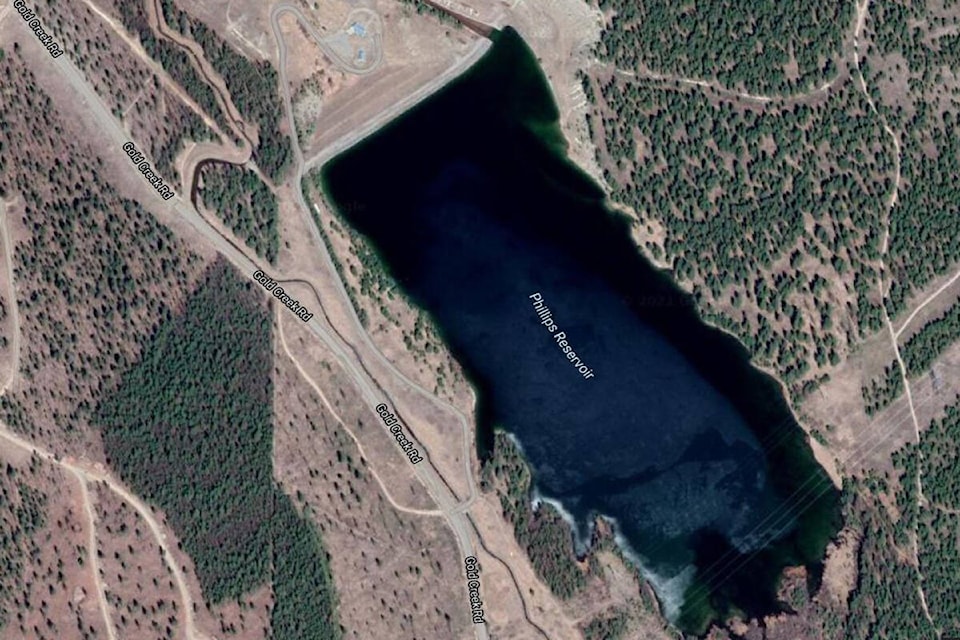The recent completion of a water supply master plan will guide infrastructure development and asset management in the coming years, according to the City of Cranbrook.
The report, introduced during Monday’s city council meeting, outlined a number of objectives that included long-term supply management, water source protection, treatment and asset management.
Specifically, the scope of the master plan assessed long-term supply and project future capacity needs, protecting groundwater sources, along with protecting Joseph and Gold Creek from negative impacts or influences.
Additional work included water quality monitoring, treatment analysis to ensure compliance with Interior Health regulations, while also studying water distribution, with a focus on distributing water from the primary supply source.
“While annual infrastructure work such as pavement and utilities in City streets are often front and center from a public awareness perspective, the importance of this type of planning project should not be underestimated,” said Mike Matejka, Manager of Roads & Infrastructure for the City of Cranbrook. “Council and the residents of Cranbrook should be proud of the resources and efforts put into creating an all-encompassing Water Supply Master Plan that will help ensure the sustainable delivery of our communities’ most valuable natural resource for many decades to come.”
The master plan took several years to complete, with staff and contracted professionals from Urban Systems consulting on the project, which also included input from other stakeholders such as the province, the Regional District of East Kootenay and Ktunaxa Nation.
The plan identifies a number of capital projects, along with a corresponding priority ranking, particularly for underlying water infrastructure in the city.
During discussion on Monday night’s meeting, Matejka also noted that the city is still continuing to collect data that can be referenced when making decisions to undertake some of the identified projects.
“There are still some other items that we want to continue to work on that would really help reaffirm our decisions as staff to move forward with these projects, to reaffirm the prioritization, the timing and the ranking of them,” Matejka said.
“That will allow us to go back to council during the budget processes and have further discussions on these projects, so it’s not necessarily set in stone at this time, because a lot of these projects were on the five-year financial plan for several years now and this has been a really strong effort to look at those projects to help quantify them and qualify them using a lot better up-to-date information.”
Some of the report recommendations are already being incorporated into operations and maintenance, according to the city. Additionally, several significant capital projects identified are in preliminary planning stages, such as upgrades to the Gold Creek diversions structure as well as a UV disinfection facility.
Non-capital project recommendations include completing a water rates review, developing a water metering strategy, and annual water audits and leak detection.
The city’s water supply comes from Gold Creek, Joseph Creek and three active groundwater production wells, while two other groundwater wells are not being used due to quality concerns.
“We do have multiple sources with the Joseph Creek and Gold Creek watershed,” said Matejka, addressing a question about the long-term water supply outlook. “So we are in a very fortunate position.
“Some of the projects we are proposing over the coming five, ten, twenty years, do allow us to harness more of the diversity of those sources, such that if things do change in the climate or things do change that are in our control or out of our control, we can still utilize the diversity of those resources so we always have a steady and reliable supply.
“So we are definitely in a strong position.”
